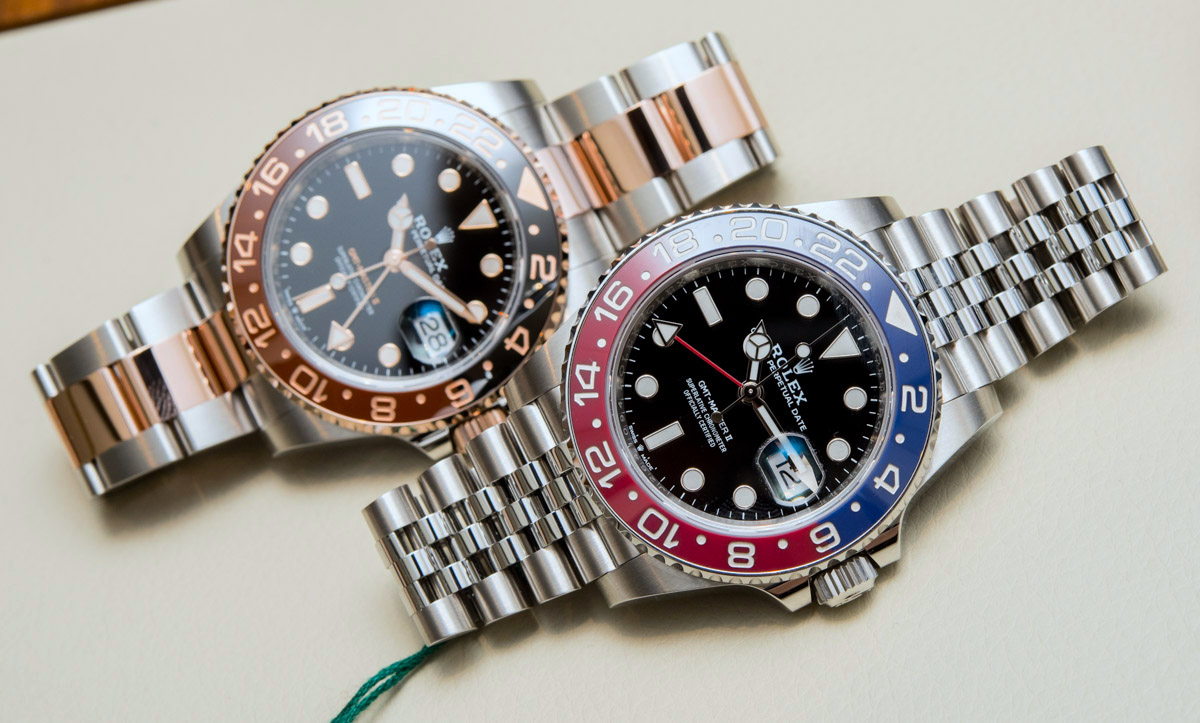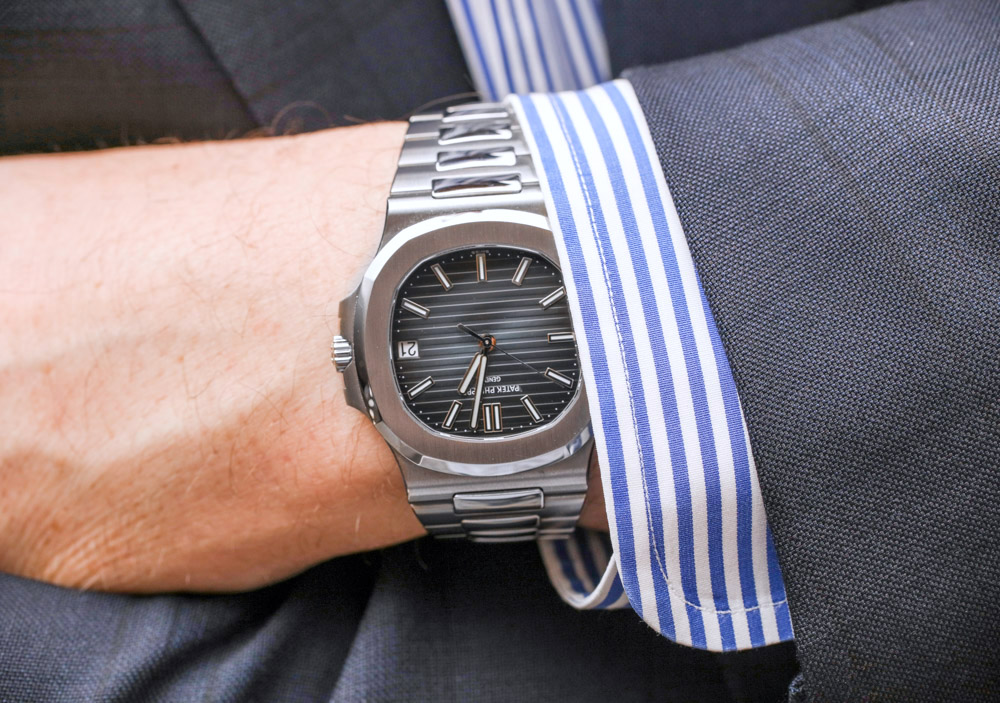
The result of this period is an almost perpetual expectation from consumers that they will receive special or discount pricing each time they buy a watch. This is directly related to consumers viewing so many price discounts and being trained by the luxury watch retail landscape to avoid paying retail price. Such behavior is arguably negative in the long term because it is both unsustainable and problematic to the notion of an exclusive luxury product.
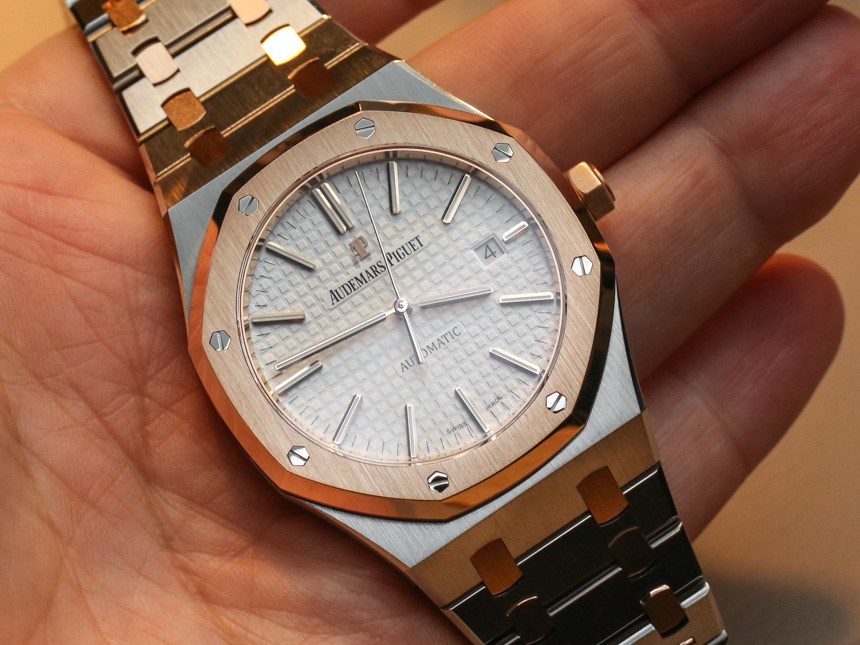
Seeing certain watch brands attempt an aggressive reversal of this trend (with at least some products) is therefore more understandable given the context. What Rolex, Patek Philippe, and Audemars Piguet all have in common is that they aren’t owned by a large group nor are they beholden to shareholders. It is my theory that in today’s luxury watch industry landscape, only “independent” companies like the aforementioned brands can hope to execute a strategy which hinges on producing less, not producing more.
These brands have a vested interest in keeping demand high, while keeping production volumes more or less stable. These companies also know that the luxury watch market size is probably at its current limit. This means their future profitability will mostly come from extracting more value per unit as opposed to selling more volume of units. Increasing demand for entry-level models is an ideal way of not only keeping demand high, but also retraining consumers to be happy about paying retail prices.

Consumers might see artificial scarcity as unfair and perhaps even immoral (these brands could of course produce more of the hot models if they chose to). In many instances the practice can easily be seen as a form of manipulation. With that said, it isn’t as though there aren’t still enormous deals to be found in products that simply aren’t in as high demand. Sophisticated collectors will be compelled to look at other quality watches which are in less demand (because they are trained on what to look for) and more novice watch buyers will rally around popular products boosting overall luxury watch value equity. So in some ways the practice of artificially restricting popular watches (such as all-steel and sport models) can have positive or at least interesting side effects.
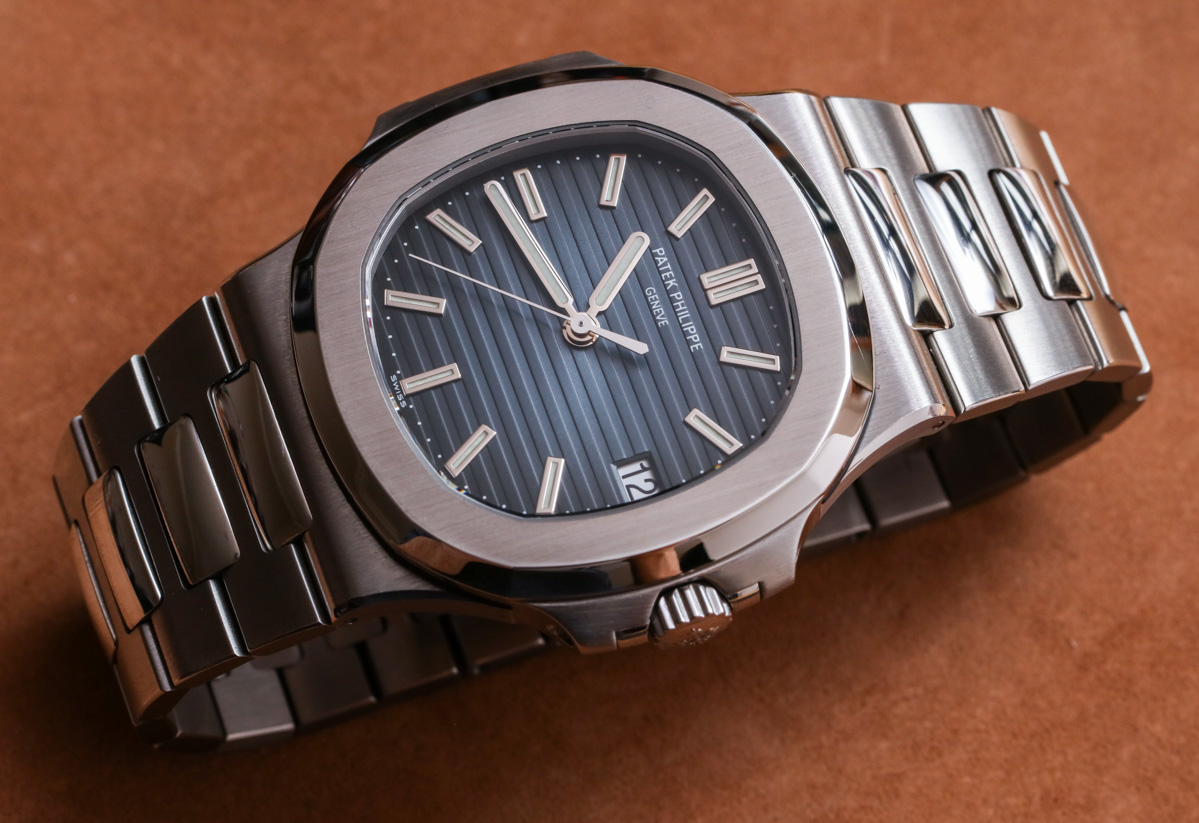
What To Do When The Watch You Want Is Hard To Get
My guess is that brands like Rolex and Patek Philippe will continue to under-produce their hottest watches (mostly steel models such as the Rolex GMT-Master II and Daytona or the Patek Philippe Nautilus and Aquanaut) for the next four to five years. That means a brand will garner media excitement around new releases, that results in its retailers getting a lot of demand from consumers, that will be met with an under-supply of watches, resulting in above-retail street prices for at least a few hot watches at any given time. That also means get ready for way higher-than sticker Patek and Rolex prices.

I personally advise watch collectors not to play games with brands or retailers who intentionally restrict supply (or attempt to unjustly benefit from it). There will be more than enough consumers out there who are willing to be manipulated into paying more than retail for “just released grail watches” they simply MUST have. While you might have to miss out on getting a popular model right away, you will almost always have an opportunity to get it a few years down the road in a transaction that is more on your terms. It is also worth pointing out that many people have remarked that putting your name on a retailer’s waiting list is not a particularly useful, reliable, or ideal way of getting a hard to acquire timepiece anymore.
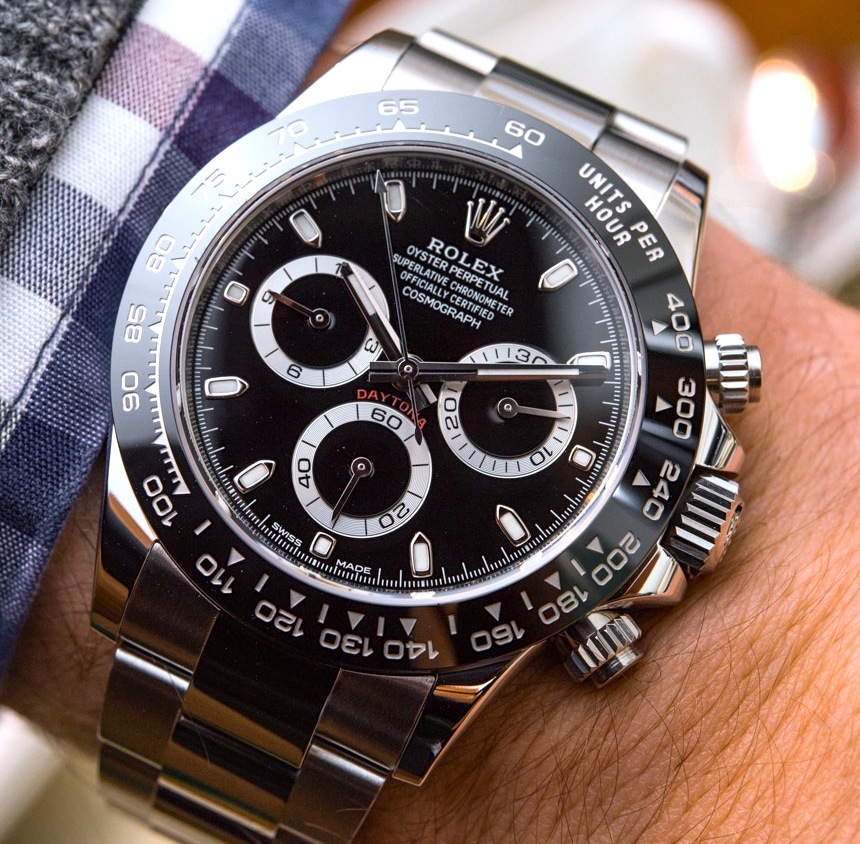
I am not suggesting that collectors shun retail Patek Philippe and Rolex prices (among other brands). What I am suggesting is that collectors do not put up with having to wait long periods of time to purchase something they want, put up with paying above retail price, or be subject to spending money on unwanted purchases in order to purchase something else which is wanted at a retail price. Such conduct is in my opinion a form of humiliation, and I don’t think that should be part of the watch buying or collecting experience. Perhaps it is that I personally have a low tolerance for such manipulation, but I won’t put up with feeling as though someone is doing me a favor by letting me purchase a luxury good. I want to feel as though a company actually wants my business and values me as a consumer.
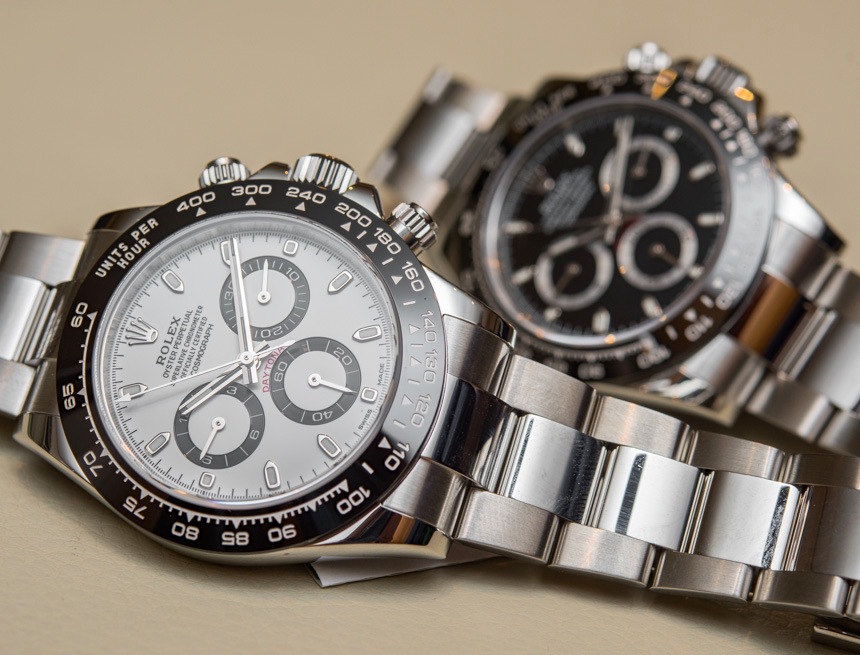
Let’s assume you really want to take the above advice and simply buy watches that are still good, but easier to get. Try as you might, there is some hot Rolex sports watch that you simply have to get and know that you might need to bite the bullet and pay over retail or wait in a long line for. Are you giving up too much by paying over retail Rolex price? Not necessarily. If you judge your purchases correctly, you might still be out on top assuming you sell one of these hot watches every once in a while.
If you as a cautious consumer are willing to spend above retail, then guess what, so are other less cautious consumers. In the best scenarios your above-retail transaction might translate into a healthy pre-owned sales price if you wish to let go of your watch at a time when demand is still high. I wouldn’t necessarily recommend that anyone spends above retail price on a watch they never want to sell, but if you are a “watch flipper,” then you can buy a hot watch above retail and benefit from that same level of high demand (and low inventory) when you wish to sell that watch. So that is certainly something to consider.
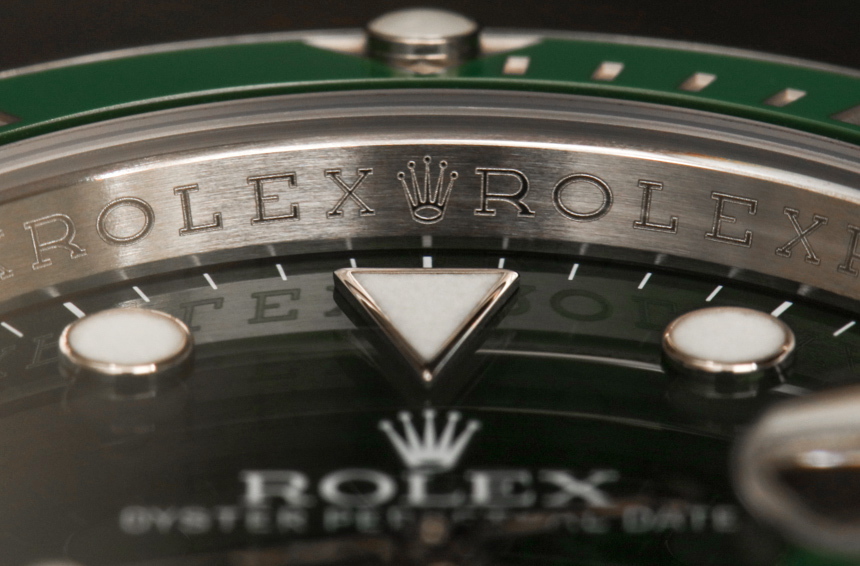
What is important for us at aBlogtoWatch is that watch consumers are aware that there is indeed a concerted effort to restrict the supply of certain popular watches. This leads to a complicated and often unscrupulous environment of trying to extract as much value as possible from an in-demand luxury good. As a consumer you can be taken advantage of – and that is something we wish to avoid. Whether you put yourself in line to wait for an available Patek Philippe Nautilus 5711 in steel or avoid all watches that aren’t available to purchase immediately, we want you to do it fully aware of what is happening around you.
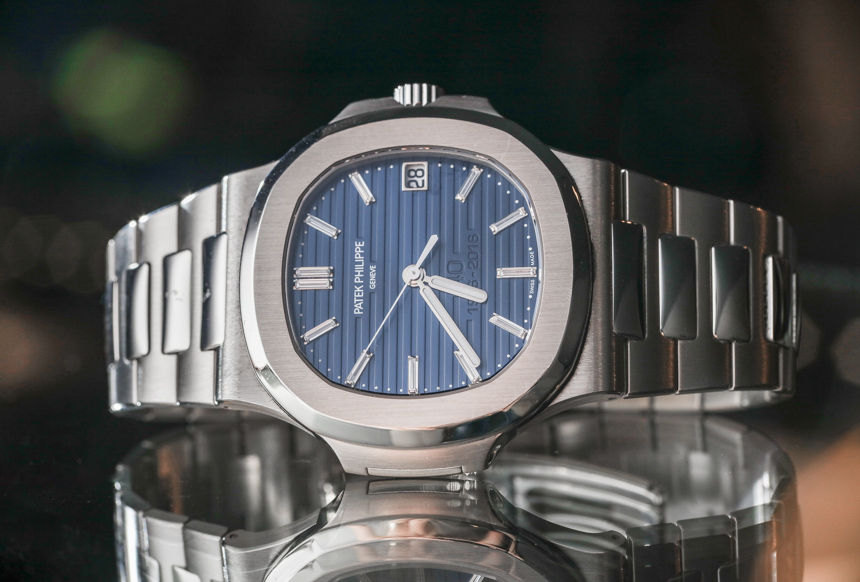
It is also important to not focus on blaming retailers or brands, but rather the psychology of the collector. Any brand who sacrifices short-term sales volumes is doing so because it understands it has a product which appeals to collector types – and collector types like to hunt and chase. Artificial scarcity is a marketing and business decision that shows a deep level of understanding for one’s own market and goods. If collectors routinely act in predictable ways, then these smart brands are going to understand what gets people excited or not. The notion of artificial scarcity is often intrinsically connected to the world of luxury products and simply comes with the territory. As a consumer of products at this level, it’s just important to be informed.

